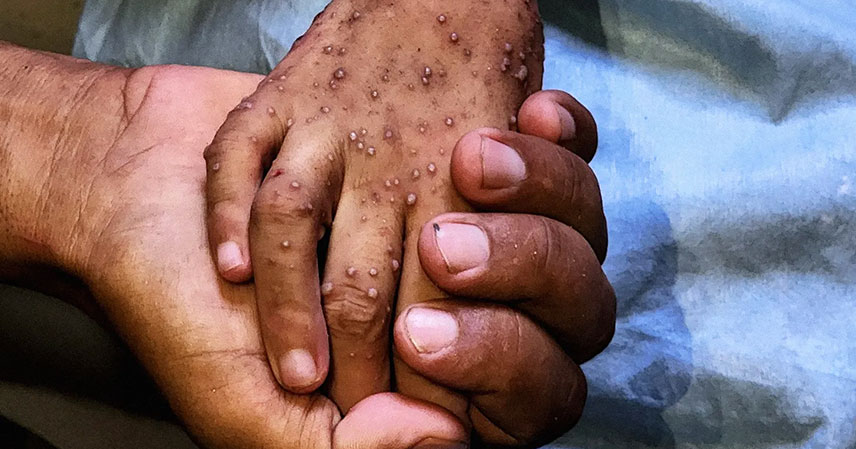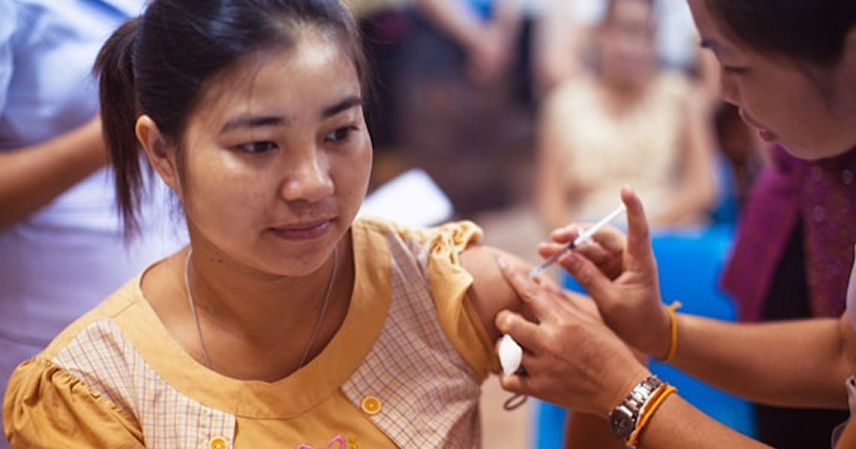The ongoing humanitarian crisis in Gaza has reached catastrophic levels, with a severe malnutrition crisis claiming the lives of hundreds, particularly children. What began as a concerning trend has rapidly escalated into a full-blown emergency, revealing a horrifying reality of widespread starvation and its devastating consequences on the human body.
This blog post delves into the details of this unfolding tragedy, examining the physiological effects of extreme malnutrition, the alarming statistics emerging from Gaza, and the urgent need for international intervention. We will explore the harrowing experiences of those affected and the critical factors contributing to this dire situation.
What Happened? 📝
The severity of Gaza’s malnutrition crisis became tragically apparent when doctors reported a horrifying trend: wounds were failing to heal. This isn’t simply a matter of slow healing; it’s a direct consequence of severe nutrient deficiencies. The lack of essential nutrients, such as protein, prevents the body from producing the collagen necessary for wound closure. Even wounds that are weeks or months old remain open and infected, a grim testament to the widespread malnutrition.
According to the Hamas-run health ministry, a staggering 154 malnutrition-related deaths have been reported since October 2023, with a heartbreaking 89 of those victims being children. July alone saw a particularly sharp spike in fatalities, with 63 deaths reported at health facilities – many declared dead on arrival. These grim statistics paint a stark picture of the scale of this humanitarian disaster.
The Biological Effects of Starvation 🔬
Dr. Fitzpatrick, an expert in starvation and its biological effects, explains the body’s desperate survival mechanisms in extreme scarcity. The body prioritizes essential organs like the heart and brain, using stored glycogen and then fat for energy. As these resources deplete, the body begins to break down bone, muscle, and eventually even vital organs like the liver to extract protein.
Skin and hair are the first to suffer the consequences. Hair loss and discoloration are common, and the skin becomes thin and fragile. Severe protein deficiency can lead to kwashiorkor, a condition characterized by swelling due to fluid buildup in body tissues, often noticeable in the abdomen and face. This seemingly paradoxical puffiness can mask the underlying severe malnutrition.
The Progressive Nature of Malnutrition 📉
Dr. Marko Kerac, an associate professor of global child health and nutrition, describes malnutrition as a progressive process. Initially, individuals may be malnourished but still medically stable. However, as the condition worsens, they enter a far more serious phase marked by loss of appetite, lethargy, and emotional distress, ranging from apathy to intense anxiety.
Alarmingly, reports indicate that an increasing number of people in Gaza are entering this critical, late-stage phase of malnutrition. The World Health Organization estimates that nearly one in five children under five in Gaza is acutely malnourished. Thousands of children are being admitted to malnutrition treatment centers, highlighting the rapidly escalating crisis.
Vulnerable Populations 👶
The youngest children are particularly vulnerable because their organs are still developing and require a constant supply of nutrients for growth and proper function. Their small bodies have limited reserves to draw upon, making them highly susceptible to the devastating effects of malnutrition. The lack of access to adequate food, clean water, and healthcare further exacerbates their vulnerability.
The images circulating globally, showing emaciated babies and infants with thinning hair, serve as a powerful and heartbreaking visual representation of the devastating consequences of this crisis. These images underscore the urgent need for immediate and substantial humanitarian aid.
Key Takeaways 🔑
- Gaza is experiencing a severe malnutrition crisis, resulting in numerous deaths, especially among children.
- Wounds are failing to heal due to severe nutrient deficiencies, highlighting the extent of the problem.
- The body’s response to starvation involves a prioritization system, leading to the depletion of skin, hair, and eventually vital organs.
- Thousands of children are being admitted to malnutrition treatment centers, indicating a rapidly worsening situation.
- Urgent international intervention and humanitarian aid are crucial to address this devastating crisis.
The malnutrition crisis in Gaza demands an immediate and concerted global response. The sheer scale of suffering and loss of life necessitates the mobilization of resources and expertise to provide essential food, medical care, and long-term solutions to prevent further tragedy. The world cannot stand idly by while this humanitarian catastrophe unfolds.
Source: The Grave Long-Term Effects of the Gaza Malnutrition Crisis



